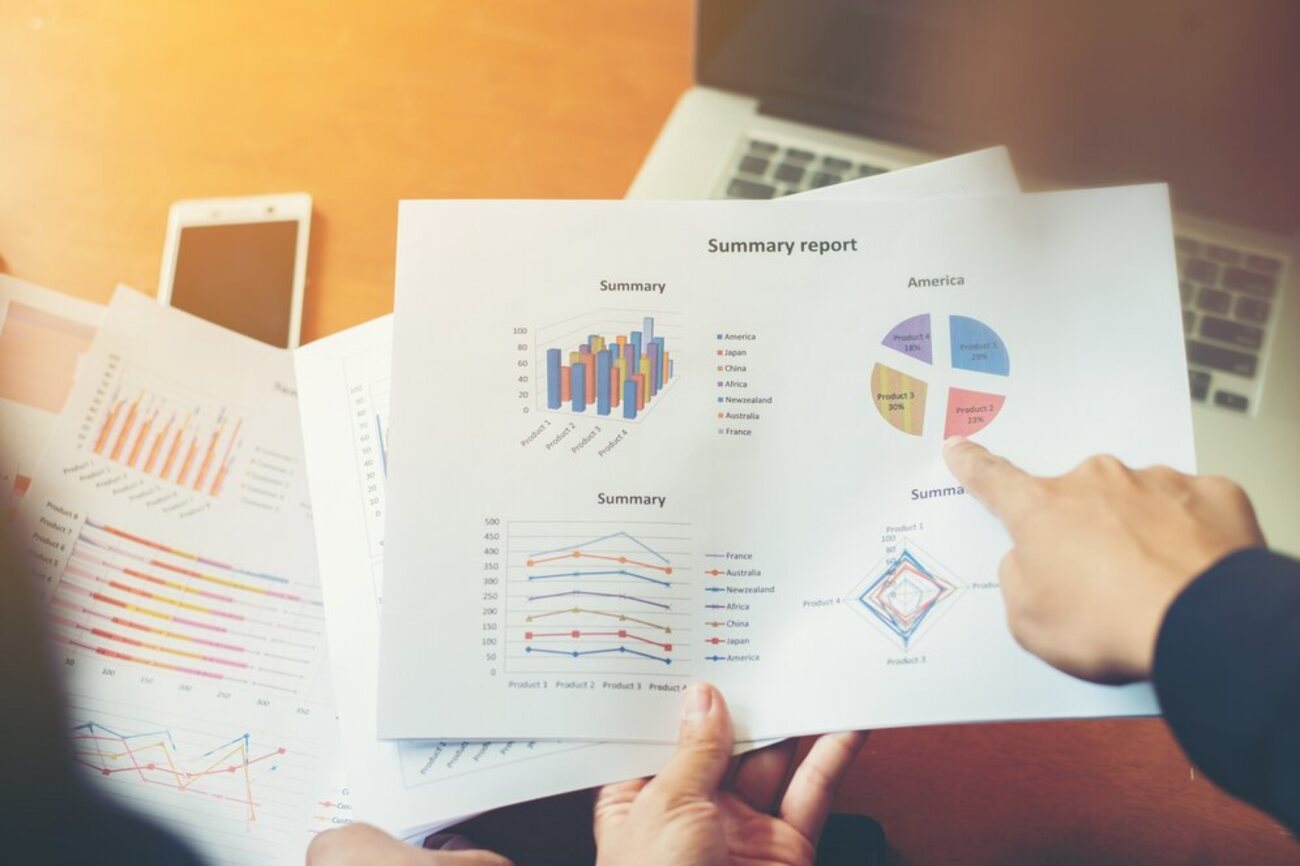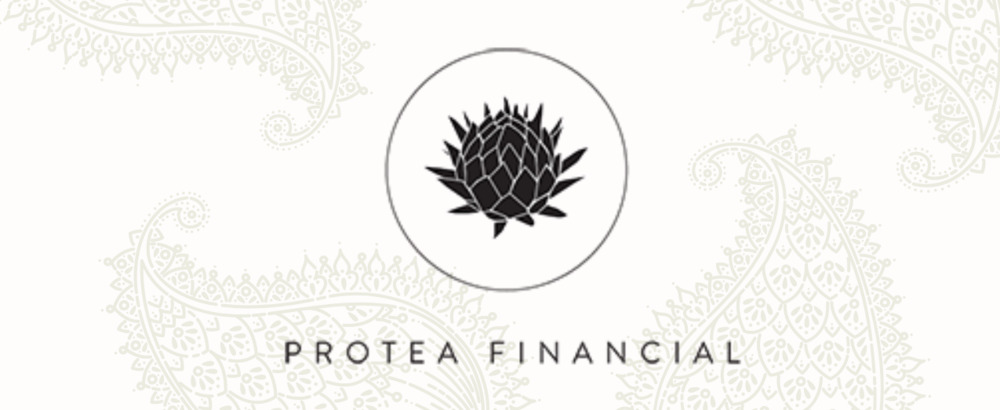At Protea Financial, we understand that a strong financial foundation is essential for any successful winery. While the art of winemaking often takes center stage, a clear understanding of your winery’s financial health is equally critical.
One of the most important tools for assessing this health is the balance sheet for your business. This document provides a snapshot of your winery’s financial position at an exact point in time, and it outlines your company’s assets, your liabilities, and any equity you may have. Our goal is to help you break down these key components and explain why they matter to your winery’s success.
Understanding the Balance Sheet: A Winery’s Financial Snapshot
The balance sheet adheres to the fundamental accounting equation:
Assets = Liabilities + Equity.
This equation reveals how your winery’s assets are financed, whether through debt (liabilities) or owner investment (equity).
We often find that winery owners, focused on the daily operations, sometimes overlook the importance of regularly reviewing their balance sheet. However, this document provides invaluable insights into your financial stability and growth potential.
Assets: What Your Winery Owns
Assets represent everything your winery owns that has monetary value. They are categorized into current assets and non-current assets.
- Current Assets: These are assets that can be converted into cash within one year. For a winery, this typically includes:
- Cash and Cash Equivalents: This includes cash on hand, bank balances, and short-term investments.
- Accounts Receivable: This represents money owed to your winery by customers for wine sold on credit.
- Inventory: This includes raw materials (grapes, barrels), work-in-progress (fermenting wine), and finished goods (bottled wine). Accurate inventory valuation is crucial, as it significantly impacts your asset value.
- Prepaid Expenses: These are expenses paid in advance, such as insurance premiums or rent.
- Non-Current Assets: These are assets with a lifespan of more than one year. For a winery, this typically includes:
- Property, Plant, and Equipment (PP&E): This includes vineyards, buildings, winemaking equipment, and vehicles.
- Intangible Assets: This may include trademarks, patents, and goodwill.
Understanding your winery’s assets allows you to assess your liquidity, operational capacity, and long-term investment potential. We’ve seen how wineries that meticulously track their asset values make more informed decisions about expansion and resource allocation.

Liabilities: What Your Winery Owes
Liabilities represent your winery’s financial obligations to external parties. They are also categorized into current and non-current liabilities.
- Current Liabilities: These are obligations due within one year. For a winery, this typically includes:
- Accounts Payable: This represents money owed to suppliers for goods and services received.
- Short-Term Loans: This includes bank loans or lines of credit due within one year.
- Accrued Expenses: These are expenses incurred but not yet paid, such as salaries or utilities.
- Current Portion of Long-Term Debt: This is the portion of long-term debt due within one year.
- Non-Current Liabilities: These are obligations due beyond one year. For a winery, this typically includes:
- Long-Term Loans: This includes mortgages or term loans with repayment periods exceeding one year.
- Deferred Tax Liabilities: These are taxes that will be paid in the future.
Managing your winery’s liabilities effectively is crucial for maintaining financial stability. We often advise our clients to carefully monitor their debt levels and ensure they have sufficient cash flow to meet their obligations.
Equity: The Winery Owner’s Stake
Equity represents the owner’s stake in the winery. It reflects the residual interest in the assets after deducting liabilities. For a winery, this typically includes:
- Owner’s Equity/Retained Earnings: This represents the accumulated profits of the winery that have been reinvested into the business.
- Paid-in Capital: This represents the initial investment made by the winery owners.
Equity is a crucial indicator of your winery’s financial strength and long-term viability. A healthy equity position demonstrates that your winery is generating profits and reinvesting them back into the business.
The Risks of an Inaccurate Balance Sheet: A Word of Caution
While a well-constructed balance sheet provides invaluable insights, an inaccurate one can lead to significant problems. We’ve seen firsthand how neglecting the details or using improper accounting practices can paint a misleading picture of a winery’s financial health, with potentially dire consequences.
- Misleading Investors and Lenders: An inaccurate balance sheet can distort your winery’s financial position, leading investors and lenders to make decisions based on flawed data. This can result in denied loans, unfavorable investment terms, or even legal disputes. Imagine presenting a balance sheet that overstates your assets, leading a lender to approve a loan you ultimately cannot repay.
- Incorrect Tax Calculations: Errors in asset valuation, liability recording, or equity calculations can lead to incorrect tax liabilities. This can result in costly penalties and interest charges from the IRS, placing an unnecessary financial burden on your winery.
- Poor Operational Decisions: Without an accurate view of your financial health, you may make poor operational decisions. For example, you might overspend on equipment or expand operations prematurely, based on an inflated sense of financial security. Conversely, you might miss opportunities for growth due to an unnecessarily conservative assessment of your assets.
- Internal Fraud and Theft: Inaccurate inventory valuations or inadequate record-keeping can create opportunities for internal fraud and theft. Discrepancies may go unnoticed, leading to significant financial losses and eroded trust within your organization.
- Difficulty in Selling the Business: When it comes time to sell your winery, a poorly maintained balance sheet can raise red flags for potential buyers. Inaccurate or incomplete financial records can deter buyers and significantly reduce the value of your business.
- Loss of Credibility: Consistent inaccuracies in your balance sheet can damage your winery’s credibility with suppliers, customers, and other stakeholders. This can make it difficult to negotiate favorable terms, secure contracts, or maintain positive relationships.
We at Protea Financial strongly urge you to prioritize accuracy and consistency in your balance sheet preparation. Regular reviews, professional audits, and the use of reliable accounting software can help mitigate these risks and ensure your financial records accurately reflect the true health of your winery.

Connecting the Dots: Why the Balance Sheet Matters
The balance sheet provides a comprehensive view of your winery’s financial health, allowing you to:
- Assess Liquidity: By analyzing your current assets and liabilities, you can determine your winery’s ability to meet short-term obligations.
- Evaluate Solvency: By analyzing your total assets and liabilities, you can assess your winery’s long-term financial stability.
- Track Growth: By comparing balance sheets from different periods, you can track your winery’s growth and identify trends.
- Make Informed Decisions: The balance sheet provides valuable information for making strategic decisions about investments, financing, and operations.
Turn to Protea Financial for Help with Your Winery Balance Sheet
At Protea Financial, we believe that understanding your winery’s balance sheet is essential for achieving financial success. We can help you analyze your balance sheet, identify areas for improvement, and develop strategies to strengthen your financial position. Contact Protea Financial today to learn more about how we can help your winery thrive.



